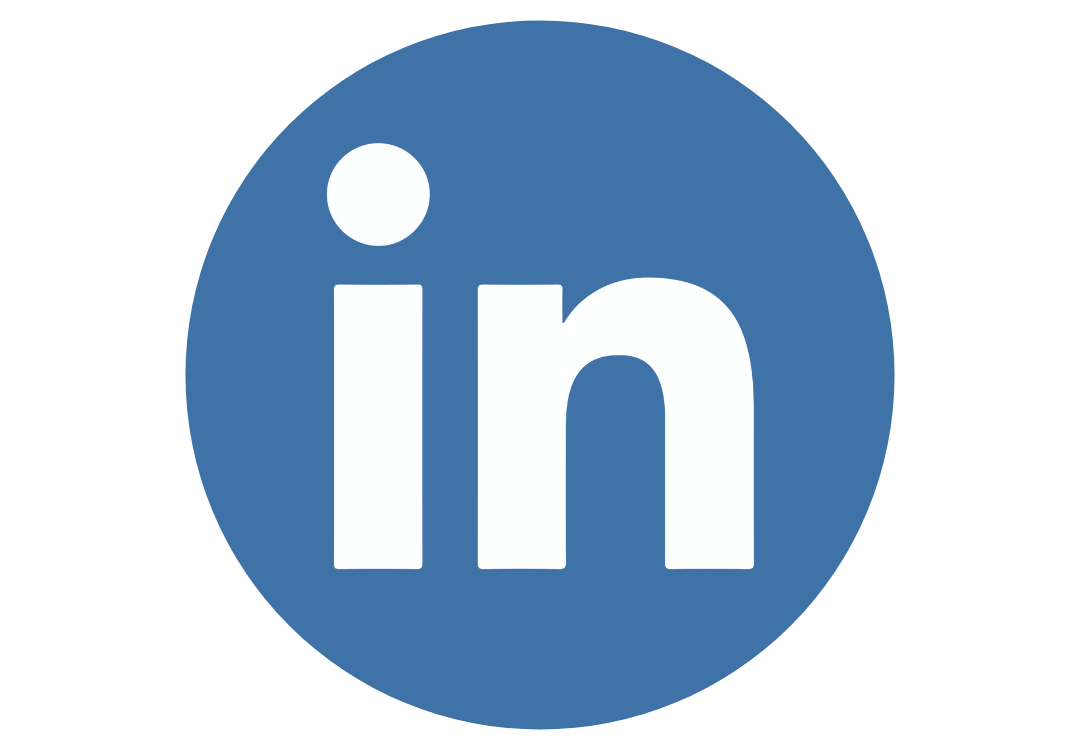Switzerland (Head Quarters)
IDR Medical Switzerland
Austrasse 95, CH-4051 Basel, Switzerland
T:
+41 (0) 61 535 1109
UK
IDR Medical UK
Unit 104 Eagle Tower, Eagle Tower
Montpellier Drive, Cheltenham, GL50 1TA
T:
+44 (0) 1242 696 790
USA
IDR Medical North America
225 Franklin Street, 26th Floor
Boston, Massachusetts 02110, USA
T:
+1 (0) 617.275.4465

Patient Flow Market Research Projects
A patient flow project can provide invaluable market insights to facilitate strategic decision-making. In this latest blog we will discuss the purpose of conducting a patient flow project, approaches you can employ, and the value it can bring.
What is a patient flow project?
A patient flow project maps how patient populations progress through a healthcare system. They provide a granular understanding of the decisions and choices taken along the way by the various stakeholders and how these influence the branches or pathways the patients follow. A patient flow study also quantifies the number of patients progressing through the various channels.
These studies are often used to identify leverage points where our clients can intervene to either:
- Drive market development (e.g. toward a certain therapy, device, diagnostic test etc.)
- Ensure they are the brand of choice (e.g. take share from competitors)
Patient flow studies provide clear and actionable recommendations as to which behaviours in the treatment pathway our clients can modify to maximise product uptake and drive sales.
These types of projects should be distinguished from workflow mapping projects. Unlike a patient flow project, a workflow mapping project explores the actions, decisions, or tasks performed to achieve a certain result. For example, mapping the workflow for a specific radiology procedure we need to know who is involved, what tasks are executed, in which order, what decisions are taken by who, etc.
Why conduct a patient flow project and what outputs can you expect?
There are various reasons why you may want to execute a patient flow project. One of the most common is to drive market development.
The idea is to identify the points in the patient flow where decisions are taken/ choices are made that result in eligible patients not receiving a particular therapy, device, drug, etc. We call these “patients lost”.
For example, a patient flow analysis may reveal that X patients eligible for a particular therapy did not receive it because a primary care physician (PCP) did not refer a patient to the relevant specialist, or that Y eligible patients did not receive the therapy because reimbursement in the office setting was not attractive to the prescribing physician.
The objective of the research will be to map and quantify all of these “patients lost” and understand which behaviours and attitudes are causing each one. An output may look like this:
|
Number of patients lost |
Reason patient is lost |
|
19,200 |
PCP did not refer to specialist |
|
16,300 |
Prescriber was not aware of therapy X and prescribed therapy Y |
|
9,100 |
Office-based specialists did not refer to test X (no reimbursement) |
|
2,100 |
Patients refused therapy because of the co-pay |
|
2,020 |
Patients received the therapy and were not compliant with the delivery device |
This needs to be done at the country level as the pathways patients follow, and the reasons patients are lost, typically differ from one market to the next. It is also very important to look at how we anticipate the pathways to evolve in the future, particularly if we are using the patient flow study to help drive decisions regarding future product portfolio or positioning.
The next task is to determine if your organisation can intervene in some way to change these behaviours or attitudes and offer healthcare marketing support to grow the market. If we consider the example above, to have the greatest impact on market development, a client would need to:
- Drive referrals from the PCP to a specialist
- Increase awareness of (Therapy X) in the specialist community
- Increase access to a diagnostic test in the office-based environment
For each intervention we would assess:
- Is it something your organisation can influence or not?
- How would your organisation influence this?
- What level of investment would be required to do so?
This culminates in a simple analysis output to measure potential return on investment for each market development activity.
How to ensure your patient flow project is successful
Below are 6 tips to ensure your next patient flow project is successful and delivers value to your organisation.
- A simple & clear objective is critical
This sounds obvious but when multiple stakeholders are involved from various countries and departments, your project could suffer from “mission creep”.
A patient flow study needs a crystal-clear goal that everyone is aligned on. For example, “how do we develop the market for (Therapy X) in Germany and France?”
- Know when not to use a patient flow
Patient flow studies are most useful in markets where there are multiple stakeholders making decisions that influence a patient journey. They are well suited to markets that involve more complex referral pathways and/ or where patients transition from one care environment to another (e.g. home, hospital).
If your patient pathways are more straightforward then the chances are a patient flow study is not the right approach and will not deliver value.
- Start with a good/solid hypothesis
Once you have defined your project goal, start with some internal research. Local sales and marketing teams, product management and reimbursement personnel are a good place to start.
Interviewing these people will allow you to create a rough first draft of the patient flow. Incorporating desk research as well can help to start populating the flow chart with figures and patient populations.
It is also useful to conduct interviews with KOLs who have a good knowledge of the market at the national level to help develop the hypothesis of the patient flow as a first step.
- Execute 2 phases of market research
Now you have developed a hypothesis about the structure of your workflow, deeper research can be conducted to test this. Start qualitatively; interviews with knowledgeable stakeholders will allow you to confirm where your hypothesis is correct, and more accurately revise where it is not, providing a more in-depth insight into the process. It could also help to add finer detail to the current workflow if respondents highlight any missed steps.
Adapt the patient flow based on your qualitative interviews. You now have a good map of the flow which can be used in quantitative surveys or interviews. This phase allows you to quantify your defined pathways, patient populations and “patients lost”. It is critical to keep the quantitative questionnaire simple and focus it on the points in the patient flow that result in a “patient lost”. There is often not time to further validate the pathways in the quantitative phase.
- Ensure your project delivers actionable insights
It is critical that you ensure that the outputs of the research are actionable and the interventions you recommend are feasible and achievable.
To do this you need to involve your project stakeholders in the whole process, including those individuals that will be responsible for actioning the strategies at the country level. Build in regular touch points with the project teams to ensure they are aligned on the flow, the findings, and the “patients lost”. A single meeting at the end of each phase is not sufficient. With healthcare marketing support, the teams need to be part of the process and involved in developing the strategic and tactical recommendations that will capture the “patients lost” populations.
Patient flow studies are complex and challenging to design and execute. With over 10 years' experience carrying out these studies, IDR Medical have built a wealth of knowledge and experience that we would be happy to share with you.
Contact us at info@idrmedical.com and we would be pleased to offer an initial consultation free of charge.


